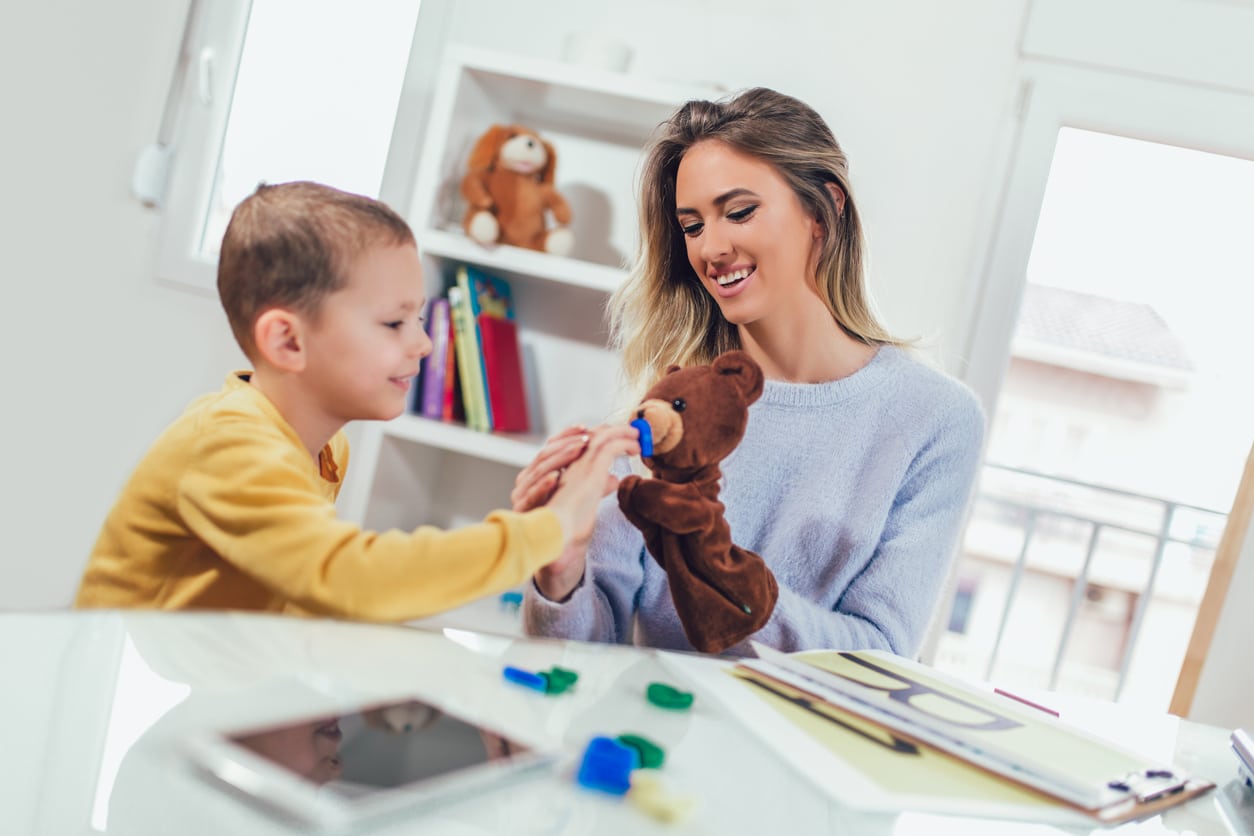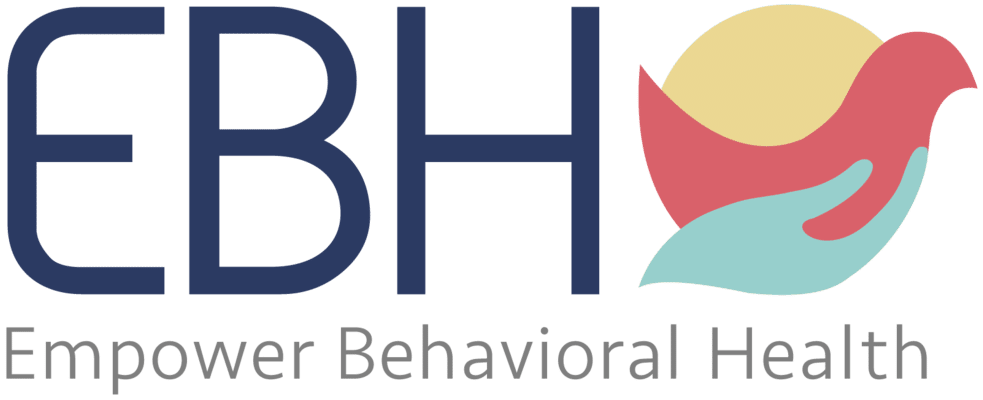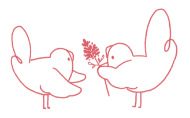How to Incorporate ABA Therapy at Home

Applied behavior analysis (ABA) therapy is an evidence-based behavioral intervention that can help individuals with autism and other developmental disorders learn new skills. While traditionally only completed in ABA therapy centers, many families are incorporating ABA therapy into the home environment to utilize a more natural learning setting for their children. Starting to incorporate ABA at home may feel overwhelming, but families can arm themselves with resources from their BCBAs to ensure their children have continued access to quality care at home and other locations in the community.
How to Apply ABA Therapy at Home
Learning how to incorporate ABA therapy at home as a parent can be daunting, but there are things that you can do to make it easier. It’s also important to remember the more you apply ABA therapy at home and in other environments, the easier it will get. Our dedicated BCBAs will be there to provide individualized support along the way. Here are our top tips for how to do aba therapy at home.
Assess the Environment
Before incorporating your child’s ABA therapy programs at home, it is important to evaluate the environment and determine how to modify it to best accommodate your child’s needs. This includes considering distractions, furniture placements, lighting, and noise level. You also want to ensure the area is safe during the activity in case your child has a tantrum or negative reaction.
Practice Positive Reinforcement
Positive reinforcement is an important aspect of ABA therapy and is one that should be regularly practiced in the home. Rewarding desired behaviors with verbal praise, physical affection, or objects can help children recognize and repeat positive behaviors in the future. Sometimes incorporating ABA therapy at home can be challenging, so it’s key to always return to this principle.
Talk With Your Child’s BCBA
Your child’s BCBA at their ABA clinic can provide you with valuable insight into the skills where your child may need additional support. Work with them to figure out how to incorporate specific ABA strategies at home that can help them grow.
Attend Training Sessions
Many ABA therapy centers will hold monthly or quarterly training sessions for parents to learn how to best incorporate ABA teachings at home. At EBH, we conduct individualized parent training monthly at a minimum. By attending these training sessions you’ll get first-hand tips on how to support your child outside of the clinic in a variety of settings.
How to Use Different ABA Therapy Techniques At Home
Applied behavior analysis uses a variety of techniques to help people with autism learn and grow. Knowing how to use the different ABA therapy techniques can help you reinforce your child’s progress at home. Here are some of the most common ABA therapies used in the home setting:
Token Economy
Token economies are a great tool that can be used to help children practice skills in the home environment. Token economies involve giving tokens, such as stickers, stars, or whatever your child likes. When desired behaviors or goals are achieved, they get a token. Using a poster board, you can add stickers for different daily activities and skills like dressing, brushing teeth, sitting down to eat during meal time, and more. At the end of the week, you can have your child cash in their stars for small toys or objects that equal different values. A real-world example of a token economy is the punch card at your favorite coffee shop. When you purchase a drink, you get a punch on the card. Once you fill in the punch card, you are positively reinforced with free coffee.
Prompting
Prompting is a useful ABA therapy tool that can be used to help children build new skills and practice old ones. Prompts can be physical, gestural, instructional, or verbal. All prompt types should be used in an effort to gradually decrease their intensity over time so that the child can eventually complete the task independently.
Some ways to incorporate prompting include helping put toothpaste on a toothbrush to indicate the need to brush teeth, pointing at toys that need to be put away after playtime, providing step-by-step instructions on how to tie a shoe, and asking if a child needs to use the bathroom as a reminder to do so.
Modeling
Modeling involves demonstrating a task to a child to teach them how to do it. This type of prompting is best used when the child already has some understanding of the task and how it is done but needs help learning the details. It involves showing the child step-by-step what they need to do and providing guidance or feedback when needed.
Parents should be sure to model tasks at a speed appropriate for the child, gradually increasing their rate as the child demonstrates improved mastery of the task. Some examples of modeling activities could be showing appropriate communication under stress, brushing teeth, and cleaning up after an activity or after making a mess.
Applying ABA therapy at home can be difficult, but with the support of a compassionate ABA therapy center, it’s possible. Empower Behavioral Health provides center-based and virtual ABA therapy for children with autism throughout Texas. Collaboration with parents is important to us, which is why we provide monthly training sessions to teach effective ways to incorporate ABA at home. Contact us today to learn more or get started.

